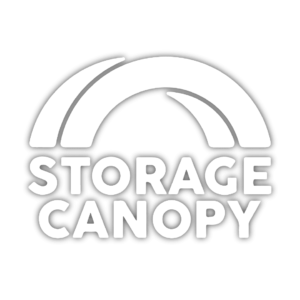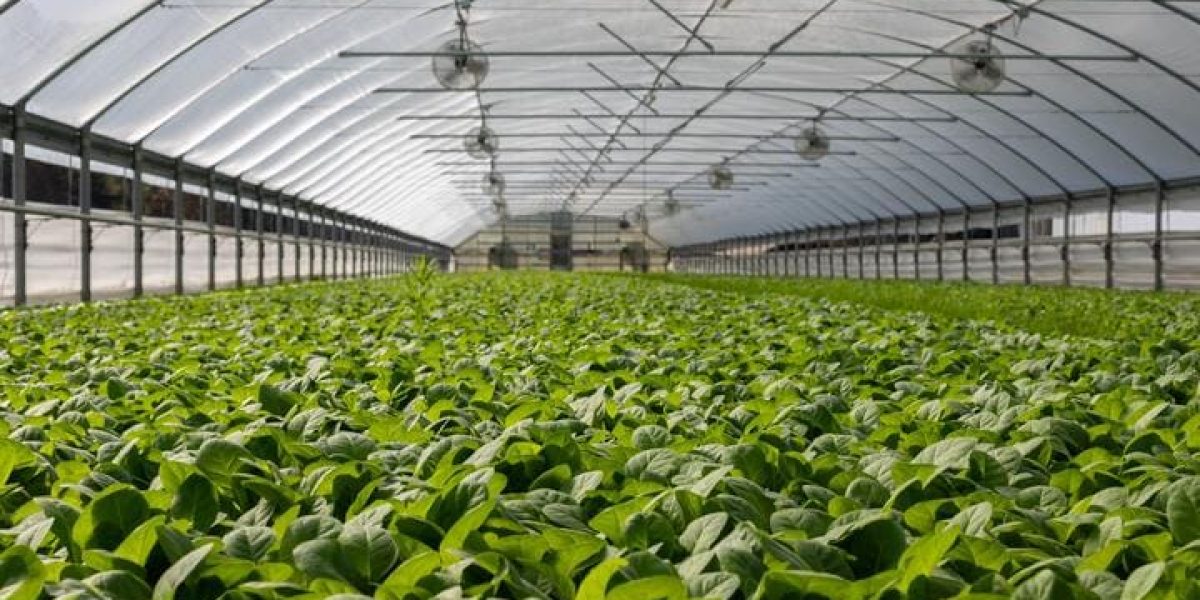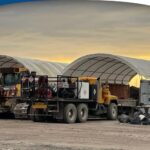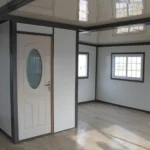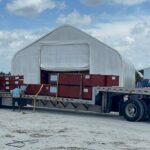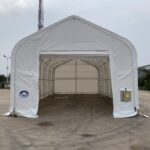Recommendations for your first high tunnel
A high tunnel greenhouse hoop grows plants indoors in climates where they could not normally survive outdoors.
Many greenhouses use glass walls, floors, and roofs, although plastic film is sometimes used instead of glass or metal. One advantage of using polyethylene is that air, heat, and moisture transfer easily through it.
What are the advantages of greenhouses?
Polyethylene films are an ideal material for building a greenhouse since they can withstand low temperatures and provide protection against damaging winds. As well as improving productivity, greenhouses reduce heating bills. And finally, they allow crops a chance to escape the summer sun and enjoy cooler nights.
Greenhouse horticulture offers various options to farmers. In recent decades, greenhouses became extremely important tools for the industry.
High tunnels offer a unique option for horticultural production in temperate climates. High tunnels allow growers to produce fresh vegetables and protect plants throughout the winter season.
A high tunnel or hoop houses consist of two parallel rows supported within a circular framework anchored to ground posts or base plates on the ground.
how much does a high tunnel system cost?
According to forbes “building one can cost between $2,500 to $25,000, or about $15,000 on average.”
We have developed a way to keep the best cost-effective prices, you can validate our offers here.
-
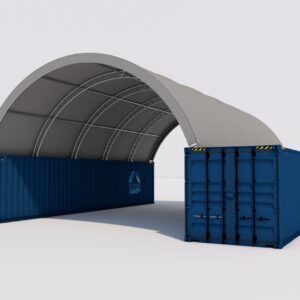 Shipping Container Sheds
Shipping Container Sheds
26W-40L- 10H (ft)
Double Truss$5,720.00 -
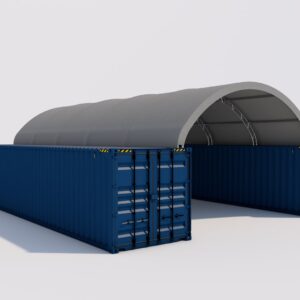 Shipping Container Shed
Shipping Container Shed
20W-40L- 6.5H (ft)
Double Truss$4,399.00 -
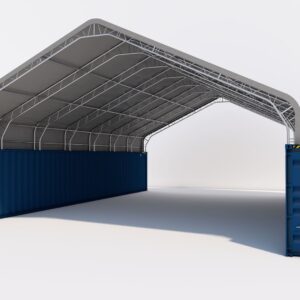 Hoop Barn
Hoop Barn
40W-60L-15H (ft)
Double Truss Peak$9,999.00 -
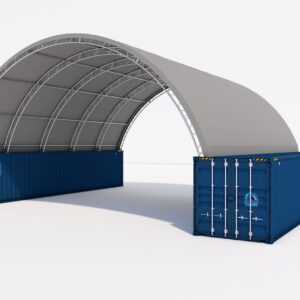 Container Shelter
Container Shelter
40W-40L-15H (ft)
Double Truss Dome$5,850.00 – $5,999.00 -
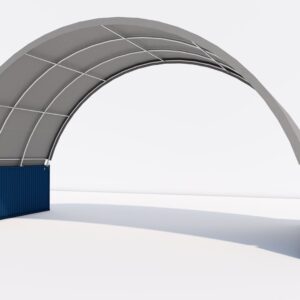 Shipping Container Canopy
Shipping Container Canopy
40W-20L-15H (ft)$3,490.00 -
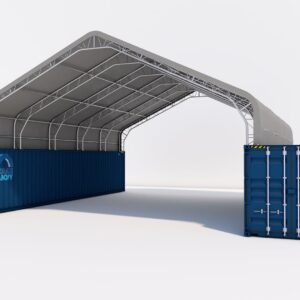 Kwanzaa Hut
Kwanzaa Hut
33W-40L-10H (ft) Peak Double Truss$5,500.00 -
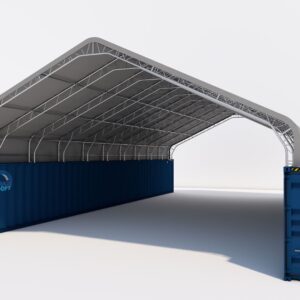 Hoop Buildings
Hoop Buildings
40W-80L-15H (ft)
Double truss Peak$11,200.00 -
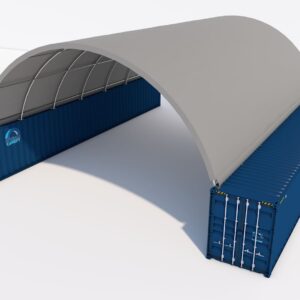 Shipping container roof
Shipping container roof
40W-60L-15H (ft)
Single truss$7,380.00 – $7,420.00 -
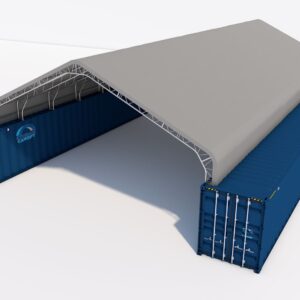 Container Shelters
Container Shelters
60W-80L-15H (ft)
Double Truss$25,490.00
Greenhouse hothouses are greenhouses built above ground and surrounded by screens called hoops.
They were first seen in Europe in the 19th century. Since then they have come into use throughout America and Britain.
Hoop houses allow plants to grow more productively under optimum environmental conditions including warm light, humidity-controlled air circulation, and protection against frost.
The crops benefit from an ideal microclimate inside the covered garden bed area protected from cold winter winds, rain, snow, and hot afternoon sun.
High tunnels reduce the need for winterizing plants through the use of greenhouses, which reduces water consumption and fertilizer costs throughout the entire season.
High tunnel owners tend to make sure their plants remain fresh by reducing environmental factors such as temperature fluctuations inside the home.
Plants that are grown within a greenhouse require far fewer nutrients due to constant sunlight.
Having weighed up all arguments, it is quite possible for us to reach the conclusion that hoop houses are highly effective for growing fruit during the summer months.
They provide excellent microclimates due to the combination of heat generated by sunlight coming through small windows set near the top of the roof.
The walls surrounding the beds help retain heat and moisture around the crops protecting them from drought and extreme temperatures.
